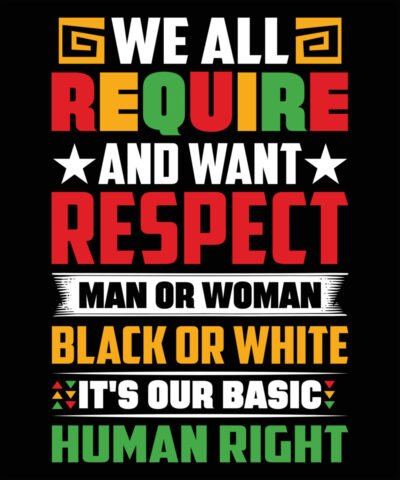Let’s imagine this. All the girls in the world are sitting around a big table.They’re laughing, learning, growing—but they’re also talking about the
Let’s imagine this.
All the girls in the world are sitting around a big table.
They’re laughing, learning, growing—but they’re also talking about the times they’ve been treated badly just for being girls.
That experience has a name.
It’s called misogyny—when the world punishes you just for being female.
That’s one color of paint.
But you see, Black girls and Black  women?
women?
We don’t just get splashed with that one color.
We get another bucket poured over us too—racism.
And when you mix those two paints—misogyny and racism—you don’t get the same color that’s sitting in front of everybody else.
You get a whole new shade.
It’s heavier.
It stains deeper.
It comes with a history they don’t always see or name.
So when someone says,
“We’re all treated the same.”
It’s like they’re staring at the table and pretending all the paints are the same color.
But they’re not.
Ours has a different hue, a different texture, a different story.
And it leaves different scars.
That’s why Black women must explain our own misogyny.
Because if we don’t?
They’ll paint over us.
Erase our shade.
Call our pain “too specific,” “too angry,” or “too complicated.”
But what they really mean is:
“Too inconvenient.”
And brave one, leaving us out of the story is just another way to harm us.
That’s why we speak.
That’s why we teach.
That’s why we tell the truth in our own voice.
Because our paint tells a story.
And it’s not for erasing.
It’s for honoring.
